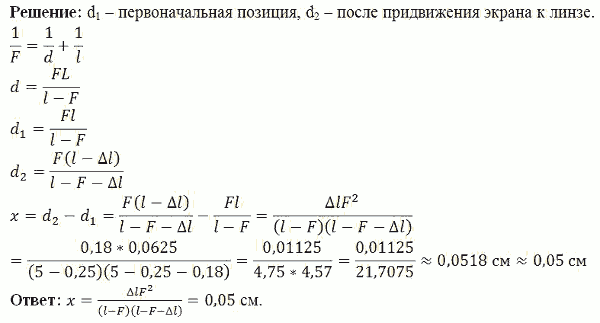Sbornik Zadach Po Atomnoj I Yadernoj Fizike Irodov Reshebnik

In 1909, Berlin theology professor Adolf Harnack issued an appeal to Kaiser Wilhelm II. As a close adviser to the Kaiser, a member of the Academy of Sciences and director of the renowned Royal Library, Harnack was one of the most innovative and influential science managers of his time. His memorandum outlined a comprehensive reform of the science system. It centred on Harnack’s call for Germany to establish independent research institutes to co-exist alongside the universities. He proposed that they should conduct specialized basic research, predominantly in the natural sciences, and explained that the rapid pace of industrialization since the mid-19th century had demonstrated that many new technical problems could only be solved with greater knowledge of chemical or physical principles.
Amazon配送商品ならSbornik zadach po atomnoj i yadernoj fizikeが通常配送無料。更にAmazonならポイント還元本が多数。Irodov I.
Advances were also being made in the fields of biology and medicine, he wrote. Harnack’s memorandum paved the way for structures that still characterize the German science system to this day and facilitated specialized research and Big Science as we know them today. In the interests of implementing these structures, Harnack proposed the foundation of a brand new type of research association for the advancement of science: The Kaiser Wilhelm Society. Advancement of Science took place at the Berlin Academy of Arts on 11 January 1911. Poisk podarka po zapiskam detyam.
A total of 83 voting members of the new association attended the meeting. The list of founding members reads like an extract from the “Who’s Who” of German industry. The Kaiser had announced its foundation a few months prior, on Berlin University’s 100th anniversary. The new Society was to complement the work of the universities and academies with research into the natural sciences and thereby keep Germany competitive in the international arena. Influential science manager and scientist Adolf Harnack was appointed President.
The Kaiser himself was the patron, thus granting the new institution a great deal of prestige and attracting numerous powerful donors, including many members of the Jewish middle classes. Minerva was chosen as the Society’s symbol, the Roman goddess of science being the embodiment of wisdom, valour and endurance. The first of the KWS’s institutes were able to move into their own purpose-built accommodation in October 1912.
The Institute for Chemistry with Director Ernst Beckmann and the Institute of Physical Chemistry and Electrochemistry with Director Fritz Haber were both inaugurated in Berlin. They formed the core of the new research campus at Dahlem, which went on to grow rapidly: the Kaiser Wilhelm Institute for Experimental Therapy was opened as early as 1913, followed by the Institute for Biology in 1915. But the KWS was also active beyond the capital: In 1912, Jewish art collector Henriette Hertz bequeathed the KWS the Palazzo Zuccari in Rome, along with a significant library of books on the history of art and a substantial sum in the form of endowment capital.
It was there that the KWS set up a research institute dedicated to the study of the history of art under the name Bibliotheca Hertziana. Crack fingers like kaneki ken. As a result, the human sciences had a place within the KWS right from the start.